- One claim, about diaspora remittances, is correct. One about cellphone penetration is mostly correct. Kenyatta even understated achievements in funds sent to counties, and access to clean water.
- Two misleading claims are about the value of remittances and exports, and the “tripling” of GDP. A claim about internet penetration is unproven.
- Four claims are incorrect: about the rise in remittances, the primary to secondary school transition rate, power generation, and health insurance coverage. And two more – about the Kenyan economy’s ranking in Africa, and tax revenue – are exaggerated.
Kenyan president Uhuru Kenyatta gave his final address on a national holiday as the country marked 59 years of self-rule after colonialism on 1 June 2022.
For the first time, Madaraka Day was observed at Nairobi’s Uhuru Gardens, historic for the lowering of the Union Jack and the hoisting of the first Kenyan flag in 1963.
Kenyatta used the event to highlight his record since being first elected in 2013. His second and final term ends with Kenya’s next elections, set for 9 August.
In his speech, he made claims about county funding, diaspora remittances, internet and cellular penetration, education, the economy and revenue collection, and more.
In this report we examine 13 of his claims. We contacted Kanze Dena-Mararo, the president's spokesperson, and Andrew Wakahiu, who heads the president’s delivery unit, for the data used in the claims. We will update this report with their responses.
(Note: We will tackle separate claims about agriculture and roads in upcoming reports.)
Kenya’s 2013 election also birthed its 47 counties. Their development has therefore been only under Kenyatta.
These units of government had “forever changed the face of Kenya”, Kenyatta said in his speech, “buoyed by the KSh2.44 trillion transferred by the national government to the counties”.
The counties are funded monthly by the national treasury, a process that involves the office of the controller of budget.
Treasury data shows counties received KSh2.44 trillion (about US$20.9 billion at current exchange rates) from March 2013 to 30 June 2021, when the last financial year ended. This appears to back Kenyatta’s claim.
But the controller of budget has more recent data, which shows that as of December 2021, KSh2.5 trillion, or close to KSh60 billion more, had been transferred to the counties.
|
Transfers from the national government to Kenyan counties, 2012 to 2022 |
|
|
Financial year |
Amount (KSh billion) |
|
2012/13 |
9.7 |
|
2013/14 |
174.4 |
|
2014/15 |
228.5 |
|
2015/16 |
272.1 |
|
2016/17 |
299.7 |
|
2017/18 |
328.9 |
|
2018/19 |
327.8 |
|
2019/20 |
332.7 |
|
2020/21 |
379.9 |
|
2021/22 * |
144.98 |
|
Total |
2,498.68 |
*Half-year report until December 2021
Source: Controller Of Budget reports
Further, the president said “to date”. Newer treasury data shows that KSh261 billion had been sent to the counties by 28 April 2022, taking the total since 2013 to KSh2.7 trillion, or at least KSh250 billion more. This data was published on 13 May and would have been available to his office.
We therefore rate the claim as understated. The president missed the chance to claim a higher increase. (Note: For what these ratings mean, read here.) – Makinia Juma
Kenya’s central bank defines remittances as “money sent by a person in a foreign land to his or her home country”. The bank keeps a monthly record of these funds, in US dollars. The most recent data is from April 2022.
The “last decade” for which there’s publicly available data is therefore from April 2012 to April 2022.
In April 2012, remittances were recorded as $95.6 million. In April 2022, they were at $355 million – a near four-fold increase, and not the “10 times” claimed by Kenyatta.
When calendar years are considered, remittances were $891 million in 2011, rising to $3.72 billion in 2021. This is also a four-fold increase.
If currency movements are accounted for, the increase between 2011 and 2021 is about five times. One US dollar exchanged at an average of KSh88.81 in 2011, when KSh79.1 billion was sent, and at KSh109.65 in 2021, when remittances totalled KSh407.9 billion.
None of these scenarios show a tenfold rise. We rate the claim as incorrect. – Dancan Bwire
But the president’s claim that remittances were at their highest level in 2021 is correct, according to publicly available data.
Central bank remittance data goes as far back as 2004. It shows that the highest total was in 2021, when KSh408 billion ($3.72 billion at current rates) was sent home. – Dancan Bwire
Kenya’s leadership on regional and international stages had created opportunities for Kenyans, Kenyatta said.
Kenya had been key to the Democratic Republic of the Congo joining the East African Community, and the country began a two-year term as a member of the UN Security Council in January 2021.
This “in return” had led to the growth in remittances, with their value surpassing that of the country’s top traditional exports.
But this first happened in 2013 – the president’s first year in office and nine years ago.
In 2011, Kenya’s top exports were tea, valued at KSh102 billion, and horticulture, worth KSh83 billion. That year, remittances were KSh79.1 billion. This pattern was repeated in 2012.
|
Value of key exports from 2011 to 2015 (KSh bn) |
|||
|
Year |
Horticulture |
Tea |
Remittances |
|
2011 |
83.3 |
102.2 |
79.1 |
|
2012 |
81.1 |
101.4 |
99 |
|
2013 |
89.3 |
104.6 |
111.1 |
|
2014 |
97.1 |
94 |
125.6 |
|
2015 |
101 |
123 |
152 |
Source: Economic survey 2015 and 2018, and the Kenyan central bank
– Dancan Bwire
Unesco, the UN Educational, Scientific and Cultural Organization, defines the transition rate to secondary school as the share of pupils in the final grade of primary school who enrol in the first grade of secondary school the following school year.
Kenyatta said his government had raised the transition rate to 100%, but did not give the year this happened.
In their final year of primary school, pupils sit the Kenya Certificate of Primary Education for a chance to join secondary school.
Kenya’s national statistics bureau publishes transition rates in its annual economic surveys. The most recent survey gives the rate as 78.5% in 2021. It was 91% in 2020, 85.5% in 2019 and 83.1% in 2018.
The president made the same claim in his 2019 and 2020 state of the nation addresses. In both instances we found it to be incorrect.
The most recent publicly available data shows the transition rate has never reached 100%. Experts have previously told Africa Check that, without a law making secondary school compulsory, achieving the full rate was difficult. Secondary school is also not completely free, keeping some students away. – Makinia Juma
Kenyatta attributed this rise to his government’s “massive investment” in information and communication technology (ICT).
Internet penetration refers to the share of the population that uses the internet.
Martin Schaaper is a senior analyst at the International Telecommunication Union, the UN agency that focuses on ICT. He directed Africa Check to an ITU dashboard that has the most recent data on penetration.
“We estimate that the internet penetration in Kenya stood at 13% in 2013, rising to 29.5% in 2020,” Schaaper told Africa Check.
He also cited Kenya’s 2019 census which showed that only 22.6% of Kenyans had access to the internet.
“We know that in Kenya, the regulator has a formula to estimate internet use based on the number of subscriptions to fixed and mobile broadband subscriptions,” he said. “But we believe that that formula is strongly overstating the real number of internet users.”
The Communications Authority of Kenya (CA) is responsible for regulating ICT.
Other official data is also inconsistent. For instance, the statistics bureau, using CA data, says there were 13.1 million users in Kenya in 2013, but the 2019 census estimate is lower, at 9.9 million.
World Bank data shows that internet penetration in Kenya rose from 13% in 2013 to 29.5% in 2020.
We asked the communications authority how it calculates the rate. Director-general Ezra Chiloba directed us to one of his officers for details. We will update this report when we hear back. Until then we rate the claim as unproven. – Dancan Bwire
Martin Schaaper, the ITU analyst, told Africa Check the available data indicated that there were 70 mobile phone subscriptions for every 100 people in 2013.
For 2020, the ITU’s digital development dashboard puts the number at 114 subscriptions per 100 people. In 2021, Schaaper said, there were 118 subscriptions per 100 people.
The agency did not have 2022 data yet, he said. It will only be available next year.
The most recent publicly available data from the national statistics office puts the mobile phone penetration rate at 131.88 subscriptions per 100 people, an increase from 74.9 per 100 people – or 74.9% – in 2013.
As the ITU gets its data from Kenya’s communications authority, we rate this claim as mostly correct. – Dancan Bwire
John Kinuthia, a senior programmes officer at the International Budget Partnership’s Kenya office, said we should look at GDP data from the Kenya national bureau of statistics to evaluate this claim. The partnership is a think tank focused on budget transparency.
For comparative data, he directed us to check with international institutions such as the World Bank, the International Monetary Fund and the African Development Bank.
Gross domestic product (GDP) is a widely used measure of the size of a country’s economy. It is the market value of all final goods and services produced in a country in a given period, usually a year.
World Bank data puts the value of Kenya’s economy at $61.7 billion in 2013, ranking it ninth on the continent. The most recent GDP data, for 2020, values it at $101 billion and places Kenya seventh – not sixth.
|
Rank |
Country |
2020 GDP |
|
1 |
Nigeria |
432.29 |
|
2 |
Egypt |
365.25 |
|
3 |
South Africa |
335.44 |
|
4 |
Algeria |
145.01 |
|
5 |
Morocco |
114.73 |
|
6 |
Ethiopia |
107.65 |
|
7 |
Kenya |
101.01 |
|
8 |
Ghana |
68.53 |
|
9 |
Tanzania |
62.41 |
Source: World Bank
We rate this claim as exaggerated. – Dancan Bwire
Kenyatta has made the claim about tripling the economy before, as has his finance minister Ukur Yatani. We found both claims to be wrong.
Official data valued Kenya’s economy at KSh4.7 trillion in 2013. The World Bank had a slightly higher figure of KSh5.31 trillion.
The most recent economic survey data estimates the country’s GDP at KSh12.1 trillion in 2021. The treasury and finance minister expect GDP to be KSh12.6 trillion in 2022.
But experts have previously told us that this claim leaves out important context. This is that the Kenyan economy was rebased in 2014 and 2021, and that there have been significant price changes since 2013. Public debt has also risen sharply under the Kenyatta administration.
Higher GDP doesn’t mean everyone is better off
The gist of Kenyatta’s much repeated claim is that everyone is significantly better off. But Margarida Domingues de Carvalho, who works with Eurostat, the European Union’s statistical office, has previously told Africa Check there were problems with using GDP to show gains.
“GDP is often misinterpreted as a measure of societal progress and well-being, which it is not,” she said in an email.
“GDP and GDP growth only give indications on the size and dynamics of an economy, but say nothing about, for example, the distribution of income and wealth or possible adverse environmental effects of the economic activity.”
While Kenyatta’s numbers are broadly correct, the way he uses them leaves out key context and tells an incomplete story. We rate this claim as misleading. –Makinia Juma.
Kenyatta said the Kenya Revenue Authority (KRA) was “on course to achieve the record-shattering projection of KSh2 trillion by the end of the current financial year”.
KRA records show that it collected KSh800.5 billion in the 2012/13 financial year. Treasury data as reported by the national statistics office gave a slightly lower figure of KSh763 million.
The treasury publishes monthly data of actual revenue collected. The most recent shows that as of 28 April, total tax and non-tax revenue was KSh1.51 trillion, about KSh90 billion less than the president’s figure. – Makinia Juma
Kenya’s data agency regularly publishes power generation figures, sourced from the electricity utility Kenya Power and power-generating company KenGen.
In 2013, total power generation, including imports, was 8,447 GWh (gigawatt hours). The most recent economic survey shows 12,414 GWh in 2021. The increase is about 1.5 times, not 40 times as the president claimed.
We also found the installed capacity had risen from 1,717 MW (megawatts) in 2013 to a provisional figure of 2,989.6 MW in 2021. Kenya Power has 1,765 MW as of June 2013 and 2,984 MW in June 2021. Installed capacity is the maximum capacity that the electricity system is designed to run at.
This would mean power capacity grew by about 1.7 times in the last nine years. We therefore rate this claim as incorrect. – Tess Wandia
The Water Services Regulatory Board provides data on water access.
By law, the regulator is required to keep a national database of water services and report on water and sanitation every year. Its most recent report covers the 2019/20 financial year.
This shows that 14.7 million people had access to water from water service providers. The president understated the figure by 1.7 million people and again missed a chance to claim even more progress.
But the larger picture is worrying, with water coverage falling from 59% in 2018/19 to 57% in 2019/20. This only covers the utilities it regulates and was due to population growth, the board said. – Tess Wandia
The National Hospital Insurance Fund (NHIF) provides medical insurance to its members. Payments to the fund are deducted from all Kenyans in formal employment.
Kenyans in the informal sector pay at least KSh6,000 a year for fund membership.
Kenyatta’s written speech, on the presidency’s website, claims that his government “registered a 400% growth in the number of Kenyans insured under NHIF” from 2013 to date.
But when he read his speech he left out the percentage increase, dwelling only on the numbers – the rise in NHIF coverage from 4.4 million to 17.1 million.
The fund provides membership returns to the national data agency. In 2012/13, Kenyatta’s first year in office, the fund had 3.8 million members. The most recent report shows the fund has 10.1 million members, and 13.3 million dependents, that is, a declared spouse or child.
The principal membership has increased by 166%, not 400% as claimed. And the number of Kenyans insured – principal members plus their dependents – is 23 million, not 17.1 million.
We therefore rate this claim as incorrect.


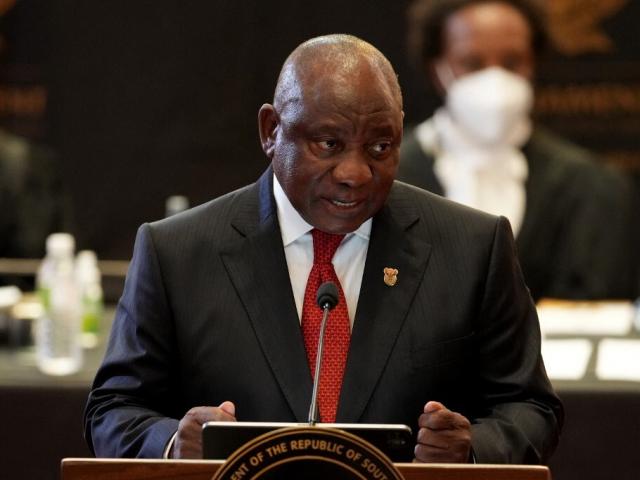
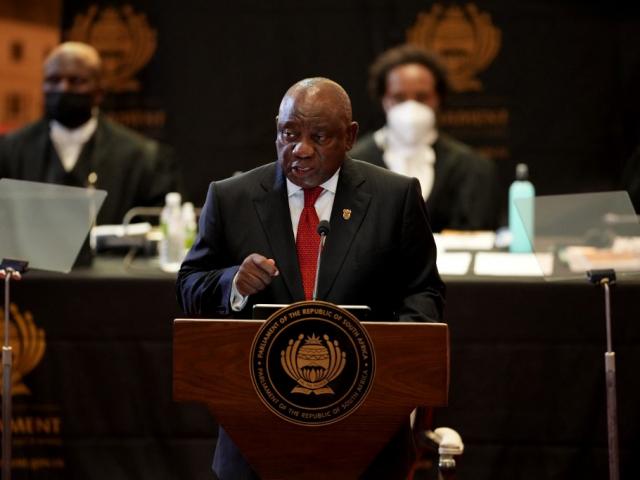
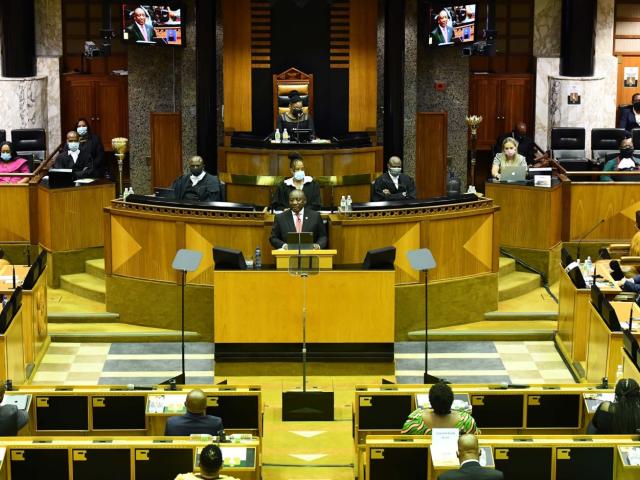

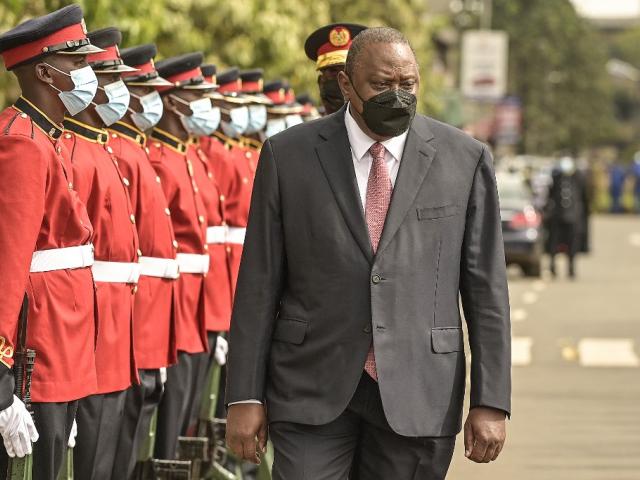
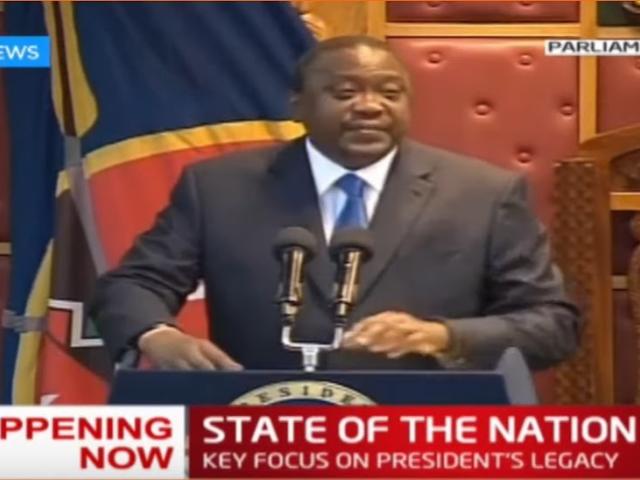
Add new comment